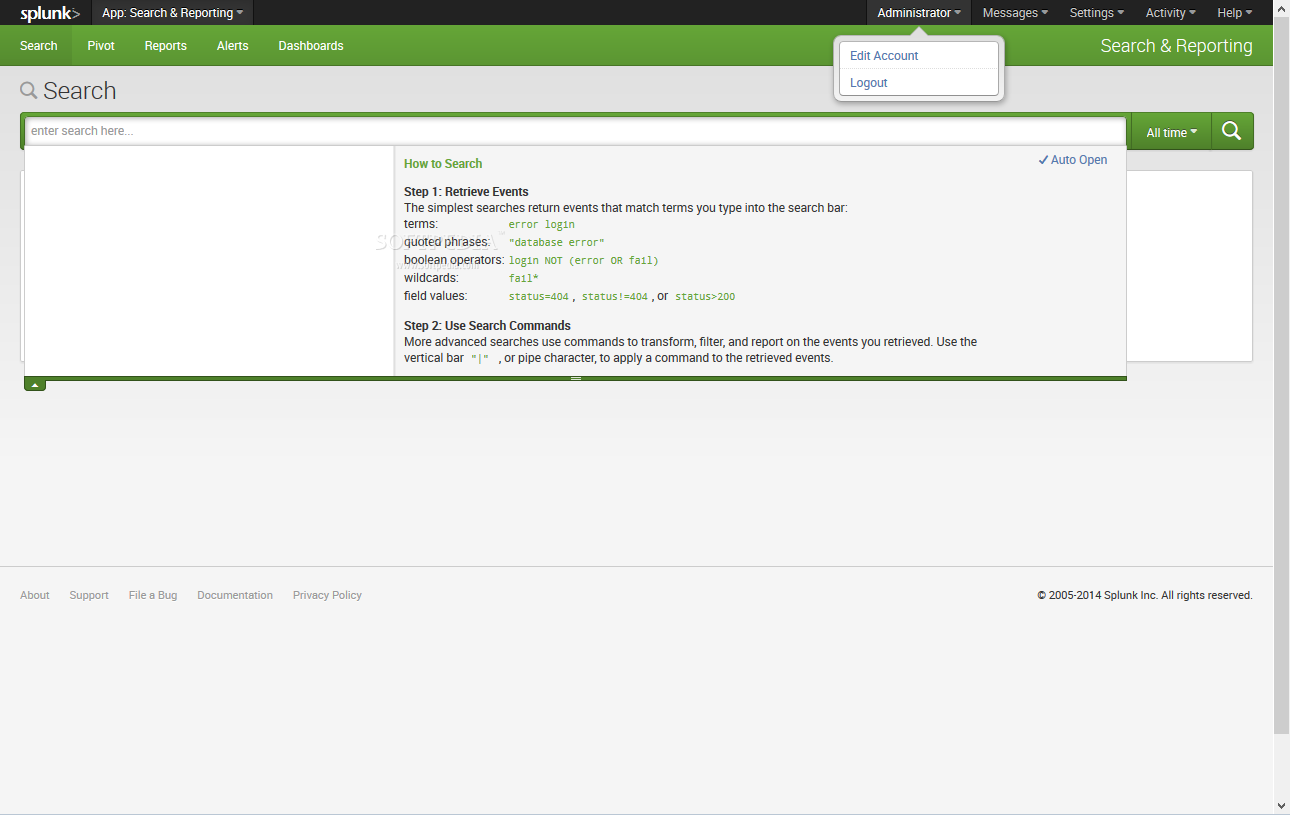
This does not affect playbook execution at all, but the dynamic inventory script environ.py will set this to setup host::vars mapping as needed. * DEPRECATED - this was used to signal whether or not the instance being provisioned was running in Docker. * Cron-formatted string of the frequency and recurrence of the query that builds the forwarding assets table

* Feature-flag to enable forwarder asset monitoring through the Distributed Management Console (DMC). * String notifying the Ansible plays which version of Java is being installed so variables can be parsed properly. * Name of the Java JDK file used for installation. * Java JDK URL that is dynamically fetched and installed at container run-time. If you plan on running SplunkD over HTTP, you should set this to "http" so the Ansible plays are aware of the intended scheme. * Specify the scheme used for the SplunkD management endpoint (typically port 8089). * NOTE: This is ordinarily generated using the dynamic inventory script (environ.py) using the aforementioned `splunkbase_username` and `splunkbase_password` variables above, and every token has an expiry. You will also need to run Ansible using the dynamic inventory script (environ.py) for this to register and work properly. * NOTE: Use this in combination with splunkbase_username. * NOTE: Use this in combination with splunkbase_password. * Used for authentication when downloading apps from (this is NOT required to even be specified, unless you have SplunkBase apps defined in your splunk.apps_location) * Maximum timeout for attempts to pull the default.yml from a remote source * Maximum attempts to pull the default.yml from a remote source * Maximum duration (in seconds) between attempts to pull the default.yml from a remote source * Control environment variable name that determines location of default.yml * Define header information (in necessary) when pulling default.yml from a URL * Location on filesystem where the default.yml can be found * Boolean that to control and enable UAC on $SPLUNK_HOME (recommended to be enabled) * Duration of waits between each of the aforementioned retries (in seconds) * Number of retries to make when waiting for sync up with a search head cluster * Number of retries to make when waiting for a Splunk instance to be available * Number of retries to make for potentially flakey/error-prone tasks * Boolean that determines whether or not to output Splunk admin passwords through Ansible

* Map of environment variables used only during the execution context of all the Ansible tasks. * list of paths or URLs to custom Ansible playbooks to run BEFORE Splunk sets up using the provided site.yml * list of paths or URLs to custom Ansible playbooks to run AFTER Splunk has been setup using the provided site.yml


 0 kommentar(er)
0 kommentar(er)
